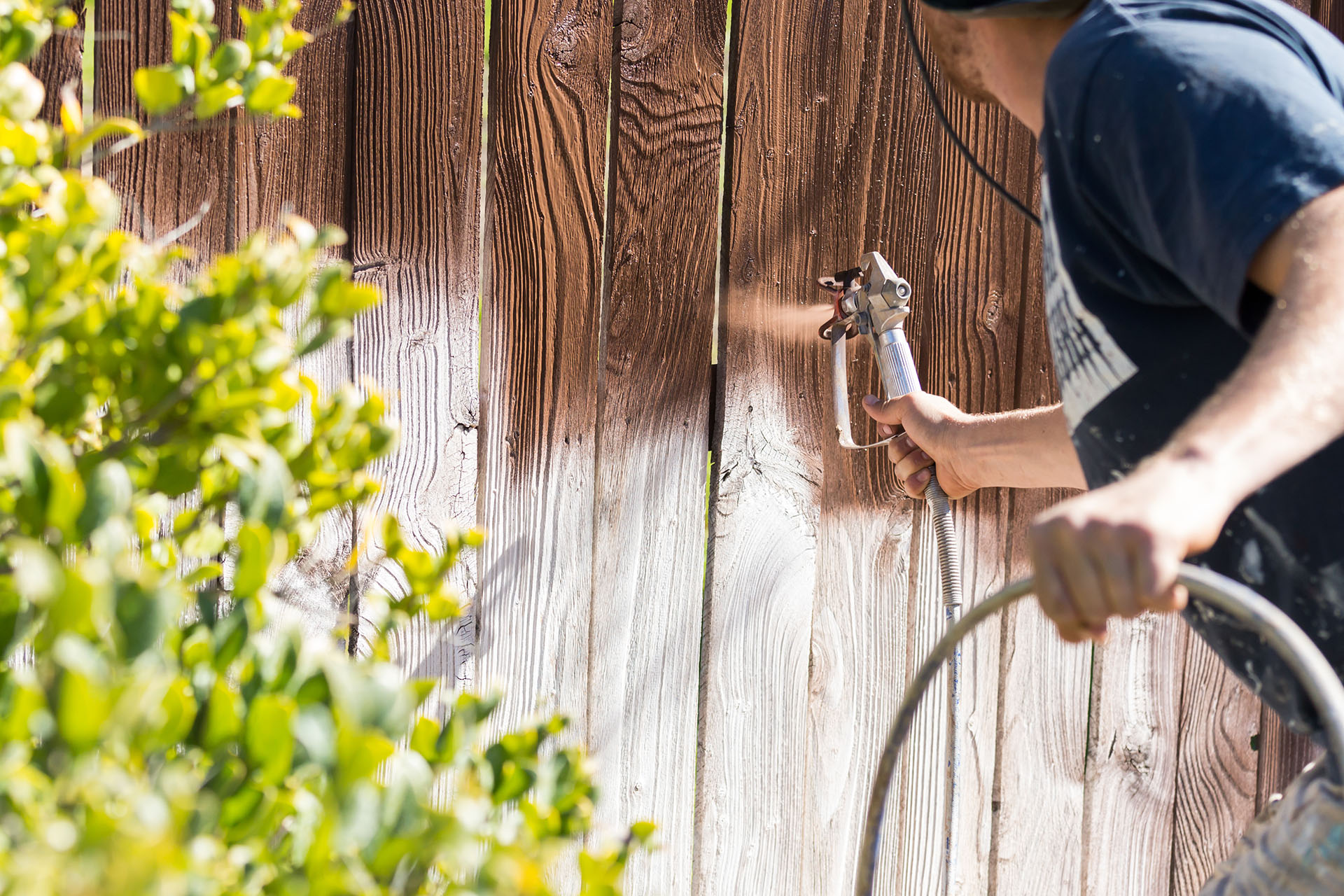Just How to Choose the Right Fencing Discoloration for Your Residential Property
When it pertains to enhancing the look and toughness of your home's fencing, choosing the best stain is an important decision that calls for careful factor to consider. With a myriad of alternatives readily available in the market, each accommodating various wood types, colors, and transparency degrees, the process can rapidly end up being overwhelming. However, making an informed selection can dramatically impact the general aesthetics and long life of your fencing. How can you ensure that you choose the excellent fence tarnish that straightens with your residential property's design and upkeep demands? Let's check out some crucial variables to assist you in this decision-making procedure.
Comprehending Wood Kind
To select the suitable fencing discolor, it is crucial to have an extensive understanding of the different types of wood typically used for fencing. When selecting a fence stain, it is important to consider the type of wood being utilized to guarantee compatibility and ideal defense. Understanding the attributes of different wood types will certainly help you make a notified choice when it comes to choosing the right fence discolor for your residential or commercial property.
Choosing the Right Color
Picking a suitable color for your fence discolor is a critical decision that dramatically influences the total visual appeal of your residential property. The color you choose must match the design of your home, blend sympathetically with the surroundings, and mirror your personal taste. When deciding on a shade, think about the existing color scheme of your building. For a natural look, earthy tones like browns, eco-friendlies, or grays function well. These shades can help the fence blend into the landscape and develop a cohesive appearance. If you favor a more modern-day or bold look, consider going with darker tones like black or deep charcoal for a striking comparison. Lighter shades such as whites or light grays can make a fence appear larger and add a touch of beauty to your residential or commercial property. Inevitably, the ideal shade option will enhance the beauty of your fence and elevate the general aesthetic charm of your home.

Thinking About Transparency Levels
When selecting the best color for your fencing tarnish, one more essential aspect to consider is the level of openness that will certainly best suit your property's visual and upkeep needs. Transparency degrees in fencing spots typically fall under 3 groups: clear, semi-transparent, and solid. Clear discolorations permit the all-natural appeal of the wood to show with while supplying marginal security against the components. They are excellent for brand-new or well-kept fences where showcasing the timber grain is a priority. Semi-transparent discolorations use a balance between color enhancement and defense, permitting some timber grain to be visible while offering modest securing from UV rays and wetness. Strong spots, on the other hand, provide one of the most security as they completely cover the timber with an opaque surface. These appropriate for older fencings or those in demand of considerable defense or shade modification. Consider the degree of exposure your fencing encounters, the desired upkeep frequency, and the aesthetic you desire to accomplish when selecting the right transparency level for your fence tarnish.
Reviewing Upkeep Needs
Thinking about the durability and maintenance of your fence, evaluating the maintenance needs is critical in determining the most appropriate fence discolor for your property. The level of maintenance needed for your fence can vary depending upon elements such as the type of wood, climate condition in your area, and your individual choices.
When reviewing upkeep needs, it is necessary to consider the sturdiness of the fence discolor. Some stains need more frequent reapplication than others, so choosing a stain with a much longer lifespan can help minimize the total upkeep requirements of your fence (Fence Staining). In addition, variables such as resistance to UV rays, water, and mold can influence just how often you need to re-stain your fencing

Checking Examples Before Application
Prior to using any fencing discolor, it is advisable to perform sample tests to make certain compatibility with the wood and desired aesthetic result (Fence Staining). Examining samples allows you to assess how the discolor will communicate with the particular kind of wood utilized in your fence, as different woods can absorb discolorations in a different way. To start, choose a little low-profile location of the fencing to use the tarnish examples. It is advised to evaluate numerous discolor choices on this area to contrast colors and coatings. Consider exactly how the tarnish looks when dry, as it might show up different from its damp application. Additionally, observe just how the discolor enhances the existing aspects in your exterior room, such as landscape design or the color of your home. Make note of exactly how the discolor holds up to climate condition like sunshine and wetness. By checking samples before complete application, you can make an enlightened decision that boosts the total look of your building while protecting the timber successfully.
Final Thought
In conclusion, picking the suitable fencing stain for your home entails comprehending the wood kind, choosing the ideal color, thinking about openness levels, examining upkeep needs, and screening samples prior to application (Fence Staining view Service). By taking these elements into factor to consider, you can ensure that your fencing tarnish complements your property while offering the needed defense and resilience. Make a notified choice to boost the look and longevity of your fence